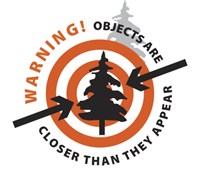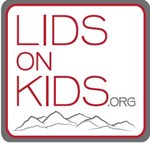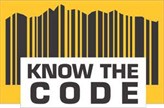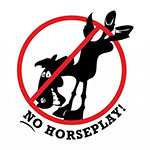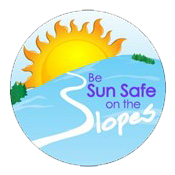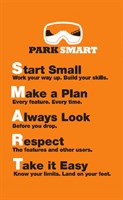Cooper Cares
At Cooper, we want you to have a ton of fun while you’re on the mountain. But most of all, we want you to be safe. Your safety is your responsibility! Your actions on the snow not only affect your own safety, but the safety of those around you.
We have a wonderful team of highly qualified, certified Ski Patrollers ready to help if you do have an injury or illness, and they also patrol the mountain throughout the day to help mitigate potential dangers whenever possible. But remember: your safety has to start with YOU!
For more information, check out the Cooper Safety Station, located next to the Guest Services Desk on the first floor of the base lodge. You’ll find posters and some great literature concerning snowsports and slope safety, so check it out while you’re at Cooper! And take a few moments to learn about Cooper’s safety program, SLIDE IN CONTROL.
Please Note:
Under Colorado law, a skier assumes the risk of any injury to person or property resulting from any of the inherent dangers and risks of skiing and may not recover from any ski area operator for any injury resulting from any of the inherent dangers and risks of skiing including: Changing weather conditions, existing and changing snow conditions; bare spots; rocks; stumps; trees; collision with natural objects, man-made objects or other skiers; variations in terrain; and the failure of skiers to ski within their own abilities.
The Ski Safety Act includes, CLIFFS, EXTREME TERRAIN, JUMPS AND FREESTYLE TERRAIN as inherent dangers and risks of the sport.
Terrain Access Policy
Everyone should have a look at this policy, but it is especially imperative for you to review it if you intend to use Cooper’s terrain outside of normal operating hours, or by any means other than our passenger tramway system.
Drone Policy
Out of safety concerns for guests, employees, and resort property, as well as concerns for individual privacy, Ski Cooper (“Resort”) prohibits the operation or use of unmanned aerial systems (UAS), or drones, without prior written authorization from the Resort. To read the entire Drone Policy, please click this link for Cooper’s Terrain Access Policy, wherein the full Drone Policy is located.
Equipment
Cooper’s lifts and trails are available to guests using alpine skis, telemark skis, traditional snowboards, and certified adaptive equipment. This equipment must have metal edges, bindings, and brakes or a leash/retention device. Foot traffic (pedestrians) are not allowed on aerial or surface lifts. For clarity and convenience, here are lists of equipment allowed and not allowed on the mountain.
Allowed...
- Alpine skis (with metal edges and brakes)
- Snowboards (with metal edges and leash)
- Telemark skis (with metal edges and leash/retention device)
- Monoskis (with metal edges and retention device)
- Certified adaptive equipment designed for persons with a disability
- Snowshoes may be used on designated uphill routes (a valid day pass or season pass is required during operating hours)
Not Allowed...
- Snowdecks
- Snowskates
- Skiskates
- Toboggans
- Sleds/discs/toboggans of any kind
- Snowscooters
- Snowbikes of any kind
- Innertubes
- Airboards
- Ghosky
- Snowmobiles or power equipment of any kind
- Any other equipment not expressly listed in the “ALLOWED” list may be disallowed at the discretion of Ski Cooper management
Ski Safety Reminders
Cooper Cares about your safety on the mountain! Please watch these videos to learn some of the most important tenets of the Skier Responsibility Code.
Playlist
Slide In Control
Ski / Snowboard (verb): the act of sliding downhill on snow strapped to waxed wooden planks / plank for sport or recreation.
Skiing and snowboarding can be dangerous, and there are inherent risks involved. You can help to keep yourself and others around you safe by following the tenets of Cooper’s SLIDE IN CONTROL program.
- PLAN AHEAD – Be knowledgeable of snow conditions and trail closings before hitching a ride to the top of the mountain.
- WEAR A HELMET – Donning proper headgear has been shown to offer a degree of protection from head injuries.
- READ THE SIGNS – Spot, read, and obey all signage both in the base area and on the mountain; signs exist to help you, not to restrict you.
- KNOW YOUR LIMITS – Don’t be overconfident, make proper trail selections based on your actual ability level, not the Olympic level you dream about.
- KEEP YOUR HEAD ON A SWIVEL – Be alert for, and spot other skiers and riders around you, as well as objects.
- CONTROL YOURSELF – Maintain safe speeds and distances from other skiers/riders and objects so that you are able to slow down or stop to avoid collisions.
- TAKE A BREAK – Take a timeout to rest, hydrate, and eat even before you start to feel thirsty and fatigued. And don’t overexert yourself for that “one last run” at the end of the day.
- SKI SAFETY ACT – Read it and understand your duties as a “skier” in the state of Colorado.
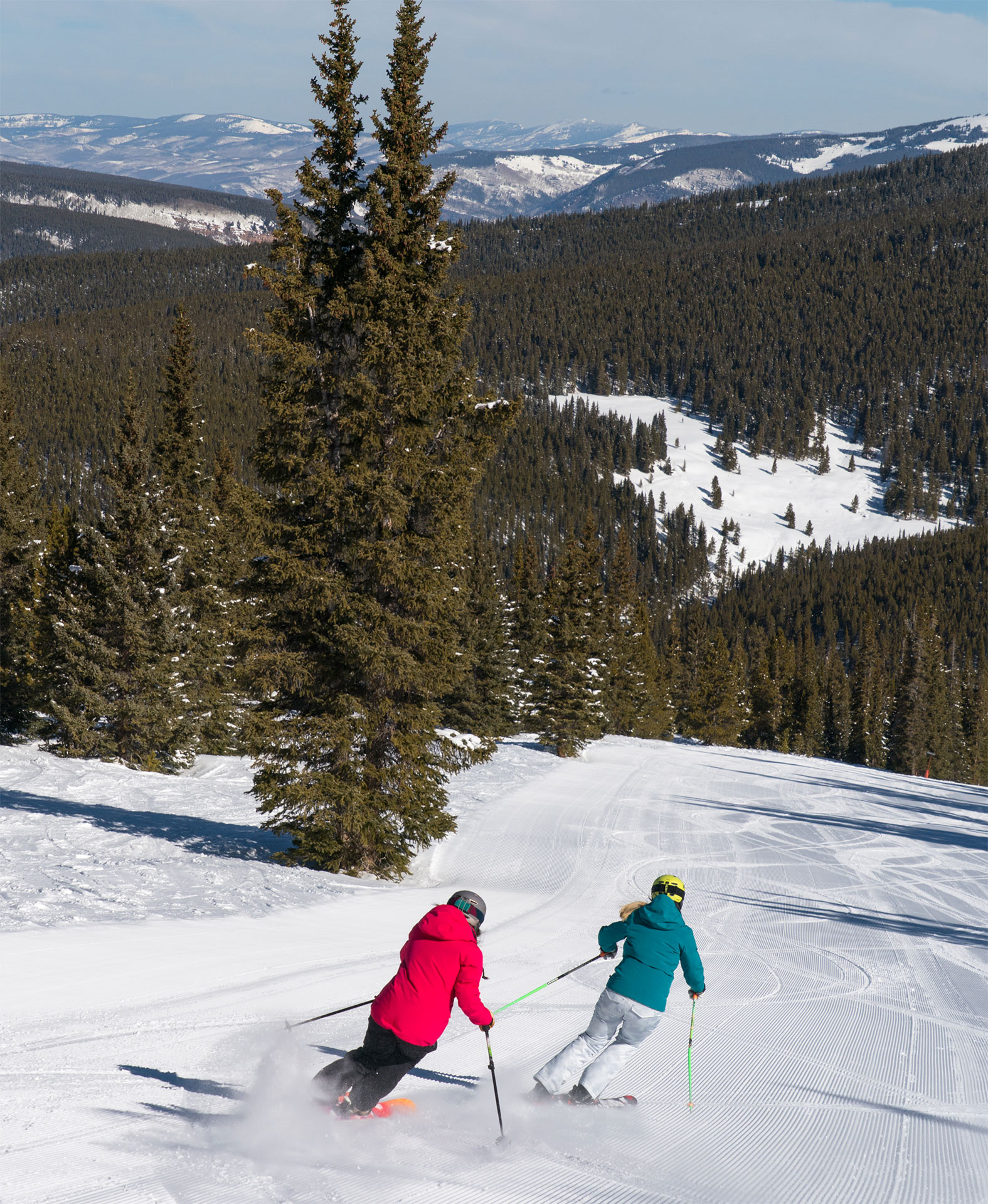
Your Responsibility Code
Common Sense, it’s one of the most important things to keep in mind and practice when on the slopes. The National Ski Areas Association (NSAA) believes education, helmet use, respect and common sense are very important when cruising down the mountain. NSAA developed Your Responsibility Code to help skiers and boarders be aware that there are elements of risk in snowsports that common sense and personal awareness can help reduce.
Ten Points to Your Responsibility Code...
- Always stay in control. You must be able to stop or avoid people or objects.
- People ahead or downhill of you have the right-of-way. You must avoid them.
- Stop only where you are visible from above and do not restrict traffic.
- Look uphill and avoid others before starting downhill or entering a trail.
- You must prevent runaway equipment.
- Read and obey all signs, warnings and hazard markings.
- Keep off closed trails and out of closed areas.
- You must know how and be able to load, ride and unload lifts safely. if you need assistance, ask the lift attendant.
- Do not use lifts or terrain when impaired by alcohol or drugs.
- If you are involved in a collision or incident, share your contact information with each other and a ski area employee.
KNOW THE CODE: IT’S YOUR RESPONSIBILITY.
THIS IS A PARTIAL LIST. BE SAFETY CONSCIOUS.
Smart Style It
The Smart Style video along with the TerrainParkSafety.org work together to emphasize the importance of safety in terrain parks across the country. Please visit the Terrain Park Safety website for a comprehensive look at the Smart Style program.
Park Smart Terrain Park Safety Points...
- START SMALL – Work your way up. Build your skills.
- MAKE A PLAN – Every feature. Every time.
- ALWAYS LOOK – Before you drop.
- RESPECT – The features and other users.
- TAKE IT EASY – Know your limits. Land on your feet.
Trail Signs
You’ve arrived. You’re geared up and have a lift ticket. Now what? Go get a trail map at the base lodge or lift-ticket window. Take a few minutes to check it out. The lifts and the trails are marked on the map. The colored symbols next to the trails are the keys to enjoying your first few days on the slopes. Their shape and color indicate the difficulty of the trail.
You’ll find them on trail maps and posted on signs on the mountain. The same trail symbols are used at every resort in the country, but as Albert Einstein must have said, “It’s all relative.” A Green Circle trail at Jackson Hole, Wyo., might be as tough as a Blue Square at Sunlight, Colo. Not a big deal. The trail ratings are consistent within each resort. So all the “Greens” at a ski area will be about the same difficulty, as will the “Blues” and the “Blacks.”
Before you ride a lift during your first few days, make sure you can handle the trails at the top. Some skiers think they can improve by skiing tough terrain when their skills aren’t up to that level, but that’s a good way to get hurt. Instead, take a lesson. Check your trail map and make sure the trail symbols off of that lift fit your ability. If you have any questions or need directions, go talk to a lift attendant or anyone in a resort uniform. “What’s the easiest way down?” “Where’s the closest groomed trail?” “What’s the capital of New Guinea?” They want you to have fun nearly as much as you do.
What the Signs Mean...
Green Circle
Easier
Blue Square
More Difficult
Black Diamond
Most Difficult
Double Black Diamond
Most Difficult, use extra caution
Orange Oval
Freestyle Terrain
More Resources
KidsOnLifts.org – Learn how to keep your kids safe on ski lifts
DeepSnowSafety.org – Learn about avoiding snow immersion injury or death
LidsOnKids.org – Learn about the importance of helmets for kids

